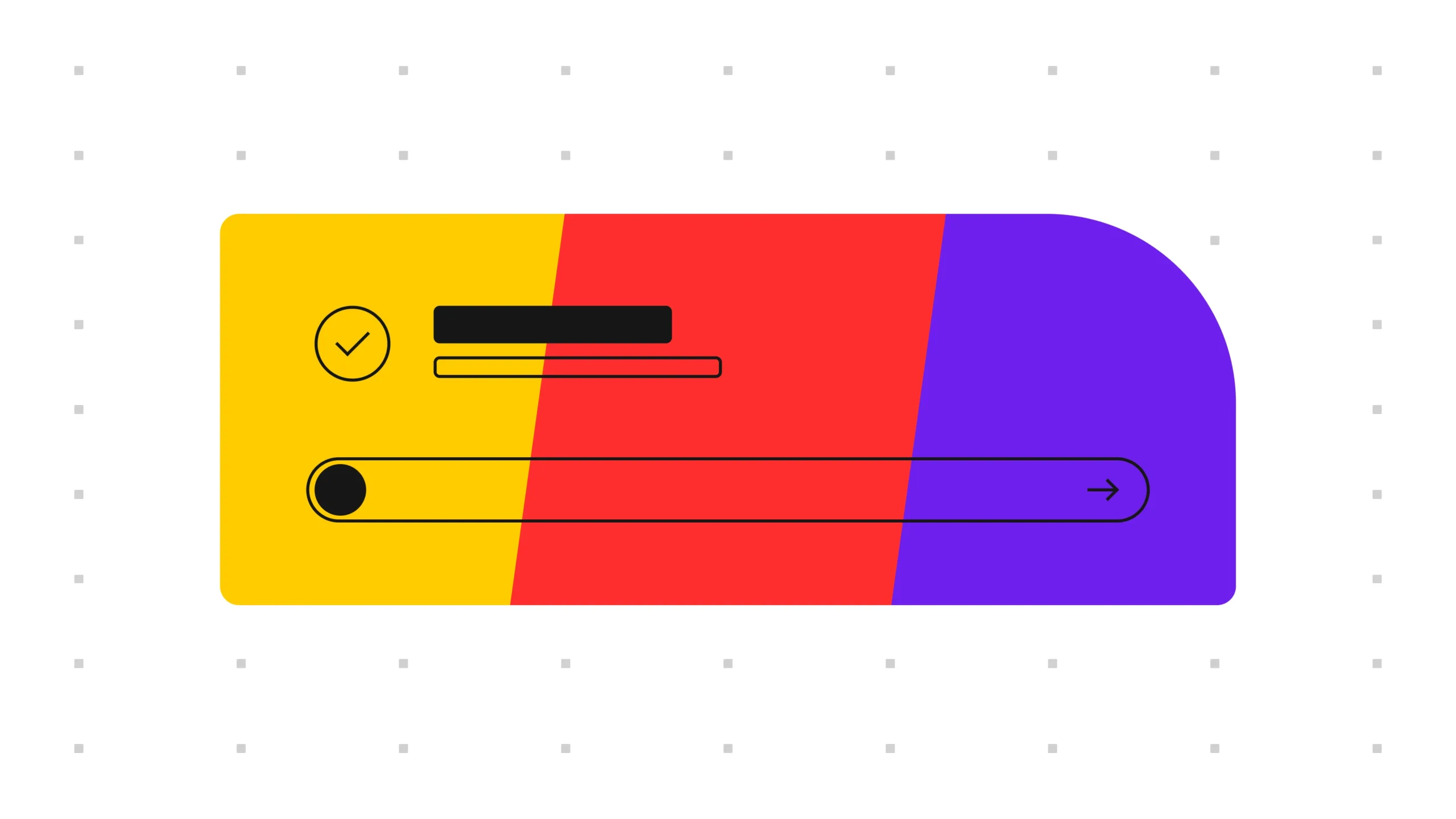Terms like “customer experience” and “voice of the customer” (VoC) are not new, but they have become more prevalent in discussions around brand strategy. Every brand strives to create an experience that attracts and retains customers, fostering loyalty and long-term relationships. Commonly, brands turn to VoC tools to achieve this. However, while these tools can provide valuable insights, relying solely on VoC tools without direct customer interactions results in a partial understanding of your customers’ needs.
The role of VoC tools
Voice of Customer (VoC) tools help brands observe and understand customer engagement. And today’s market offers many options. The primary advantages of implementing a VoC program include comprehensive data collection, with minimal effort required from customers. Behavioral and sentiment data is gathered through features such as:
- Survey management: Tools to measure net promoter scores, customer satisfaction, and customer effort scores.
- Chat analysis: Understanding customer inquiries and needs via website chat services.
- Session recording: Analyzing interactions on key website pages.
- Sentiment analysis: Monitoring feedback across multiple channels, including social media.
This data, richer than analytics alone, supports scalable growth and informs strategic decisions on project priorities.
The limitations of VoC tools
VoC tools are invaluable for efficiently gathering quantitative data. However, their reliance on indirect feedback mechanisms often misses the nuanced understanding that direct customer interactions provide. This gap is particularly evident in areas where detailed, qualitative feedback is essential for a deeper understanding of customer experiences and expectations.
The benefits of direct customer feedback
Deeper insights through direct questions
Interviews allow for dynamic questioning where you can dive deeper based on the customer’s responses. This adaptability helps uncover not just what customers think but why they think that way, revealing underlying motivations and concerns that structured surveys often miss.
Capturing emotional and non-verbal feedback
A significant advantage of interviews is the ability to observe non-verbal cues. Body language, facial expressions, and tone of voice can be very telling. These cues provide a layer of insight that is impossible to capture through online surveys or automated feedback tools.
For example, a customer might verbally express satisfaction, but their tone or hesitance might suggest underlying uncertainty or specific concerns. This can prompt the interviewer to follow up or dig deeper.
Building personal connections
Engaging directly with customers can foster a stronger emotional connection, making them feel valued and heard. This rapport encourages customers to open up more than they would in an anonymous survey, sharing personal stories and detailed experiences.
Tailoring customer experiences and solutions
Interviews can directly influence business strategy by identifying specific customer needs and preferences that may not emerge through generalized feedback tools. These insights allow companies to tailor their services or products more closely to customer expectations, leading to better satisfaction and retention.
Immediate clarity and understanding
During interviews, any ambiguity in responses can be immediately addressed through follow-up questions. This ensures a clear and accurate understanding of the customer’s feedback. VoC tools lack the ability to clarify in real time. Interpretations or vague responses might lead to inaccurate conclusions.
The optimal approach combines VoC tools with regular, direct customer conversations. This hybrid strategy allows businesses to triangulate data from surveys and behavioral analysis with rich, qualitative feedback from personal interactions.
We experienced this recently with a manufacturing client at Clockwork. The project set out to uncover what the end-to-end customer experience looked like and ways to improve it. We followed a process like this:
- Initial data collection: The client used a VoC tool to conduct Net Promoter Score (NPS) and satisfaction surveys, gathering substantial quantitative data.
- The feedback gathered was largely positive with minimal specific scenarios mentioned.
- Enhanced by personal engagement: Clockwork supplemented this with one-on-one interviews and focus groups involving key stakeholders like sales and customer service teams.
- Insights analysis: While the survey data provided a baseline understanding, the personal interviews revealed specific issues and scenarios not captured in the surveys, particularly around communication processes.
By utilizing a survey and interviews, we reached more customers than by using either method alone. We gathered richer insights into the customer experience, which led to a deeper analysis of the experience. This combination of qualitative data enabled the team to brainstorm improvements directly based on customer insights.
A blended approach to VoC is key
“…relying solely on VoC tools without direct customer interactions results in a partial understanding of your customers’ needs.”
Implementing a VoC program is a strategic move for any organization aiming to enhance customer experience. However, to truly understand and meet your customers’ needs, integrating direct feedback mechanisms into your regular practices is crucial. Surveys, session tracking, and data analysis alone cannot provide the comprehensive insights that direct conversations offer.
At Clockwork, we can help you blend these approaches not to just meet but exceed your customer experience goals. Let’s connect!




